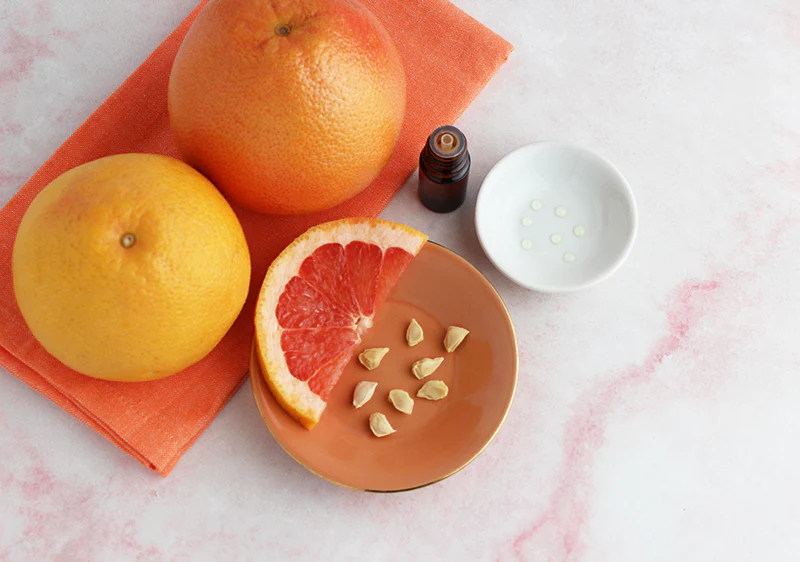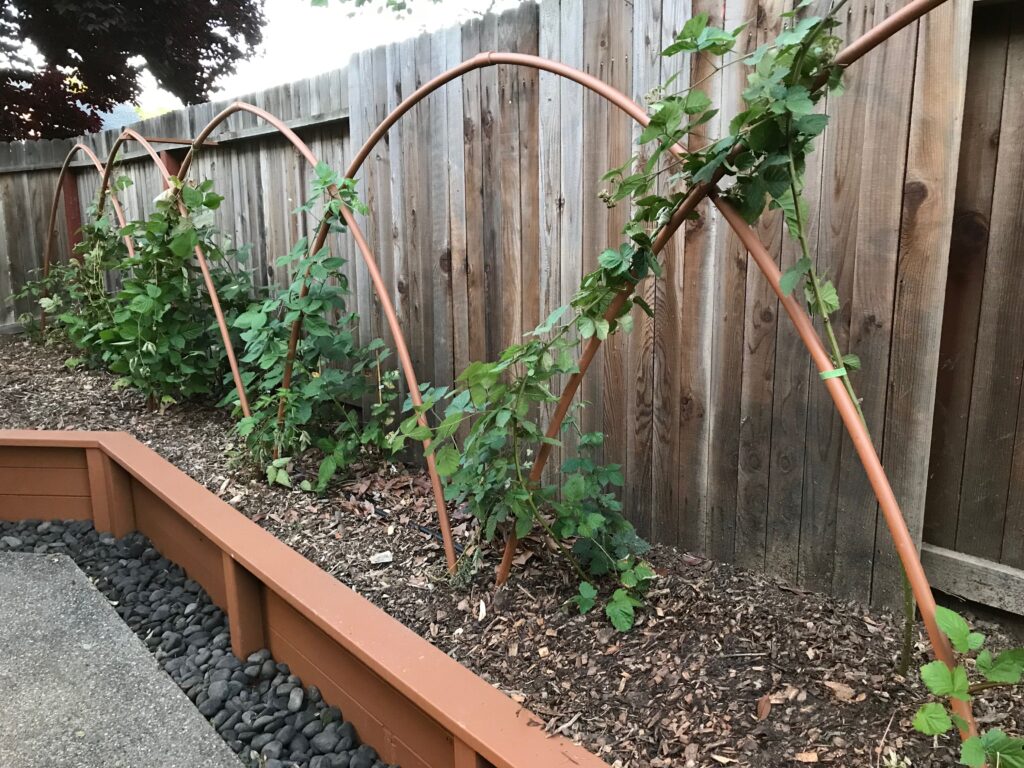
Do you love the idea of picking a ripe, sweet strawberry right from your garden? When your strawberry plants don’t give you any fruit, it can be quite upsetting. But don’t worry! With some problem-solving and proper care, your strawberry garden can flourish.
Table of Contents
What Affects Strawberry Plants From Making Fruit?
Strawberry plants need the right living situation to grow flowers and fruit well. If they don’t have what they need, they won’t be able to make fruit. Here are some important things that can stop your strawberries from growing fruit.
1. Sunlight
Strawberries love the sun! They need about 6 hours of direct sunlight every day. Without enough light, they not able to make flowers well. Make sure your strawberry spot isn’t too shady from trees, buildings, or other plants.
It’s especially good for them to get sun in the morning. This dries them off from any dew or rain, which helps stop diseases. If you don’t have a lot of sunlight, try planting types of strawberries that can still fruit with less daylight.
2. Temperature
Strawberries do best in cool weather when it’s not too hot. They like it between 75-85°F during the day. If it gets over 90°F, the plants can’t make pollen well. And if the nights are too warm (over 75°F), the strawberries might not grow fruit.
You can try to keep your plants cool by giving them some shade or planting them higher up where it’s cooler. Row covers can also help extend the growing season and keep temperatures just right.
3. Watering Habits
Getting the right amount of water is key. Your strawberries need steady water, about 1-2 inches every week. If it’s too dry, the plants won’t grow properly.
But if you water them too much, they can get root rot and other problems. Let the soil dry out a bit between waterings. It’s best to use a drip system or a soaker hose. Putting straw on the ground around your plants can also help keep the soil moist just right.
What Health Issues Can Stop Strawberries From Fruiting?
If your strawberry plants aren’t healthy, they won’t have the strength to make fruit. Look at your plants for any signs that something’s not right, like diseases, pests, or not enough nutrients. Fixing these problems fast can help get your garden back to making strawberries.
1. Diseases
Plants can get sick from things like leaf spot, botrytis, or wilt. Keeping the leaves dry can help stop these diseases. When you water, just water the soil, not the leaves. If you see sick leaves, take them off and throw them away.
Viruses can also make plants weak and stop them from making many berries. When you start a new strawberry bed, make sure to use plants that don’t have any diseases. If a plant looks sick, take it out of your garden.
2. Nutrient Deficiencies
Strawberries need lots of nutrients to make fruit, especially nitrogen and potassium. Every 2 or 3 years, check your soil to see what it needs. You can add some fertilizer or compost to make sure your plants have lots to eat. Also, make sure the soil’s pH is good so the plants can take up those nutrients.
3. Pests
Lots of critters like strawberries as much as we do! Keep an eye out for any bugs or birds that might be eating your berries or harming your plants. You can pick pests off by hand or use traps. For bugs, you can use safe sprays like neem oil or insecticidal soap. Cover your plants with special fabric to protect them from birds. Deal with problems as soon as you see them to keep your plants healthy.
How Can I Take Better Care of My Strawberry Plants?
Sometimes we make simple mistakes in our gardens that can cause strawberries not to fruit. Here’s how you can make sure your plants do their best:
- Replace old strawberry beds with new plants every 2-3 years.
- Give your plants room to grow by spacing them 12-15 inches apart.
- Trim off runners to help the main plant grow better.
- Put straw around your plants to hold in water and stop weeds.
- Cut off dead leaves to encourage new growth.
With some careful attention and these helpful tips, you can turn your struggling strawberry garden into a place full of sweet and tasty berries!
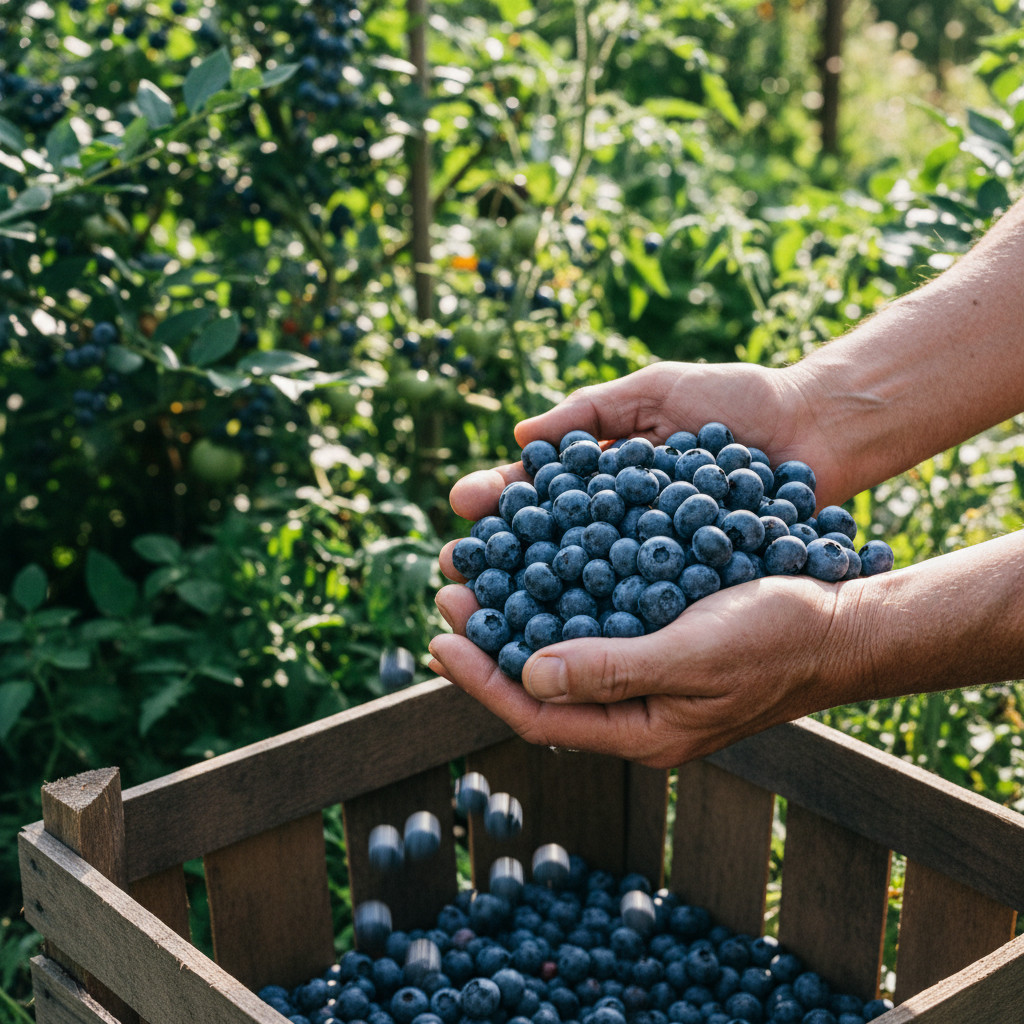
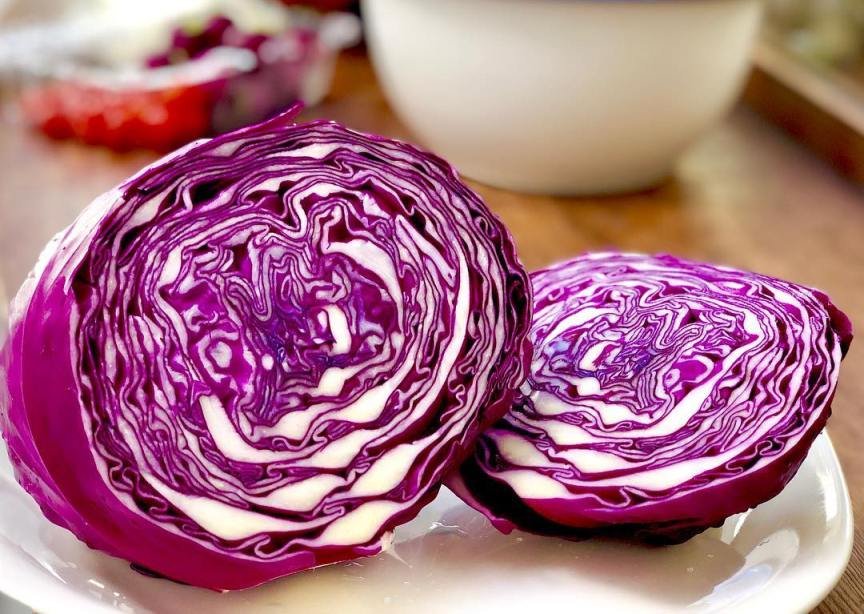

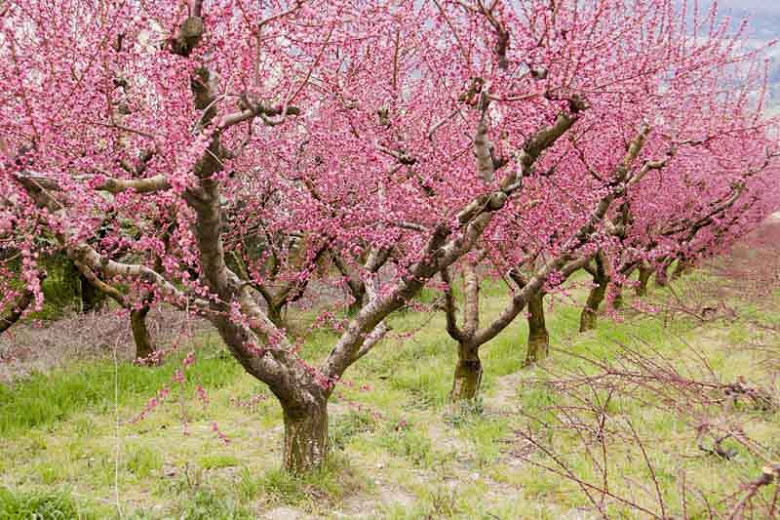

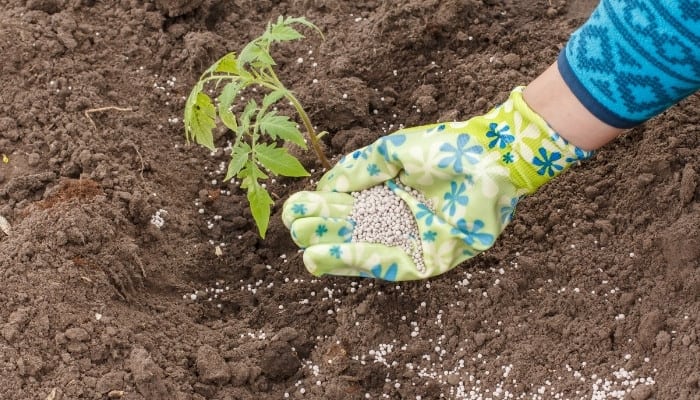
![What Kind Of Fruits Grow On Palm Trees? [10 Most Common Ones]](https://fruitonix.com/wp-content/uploads/2023/08/image-126-1024x683.png)
